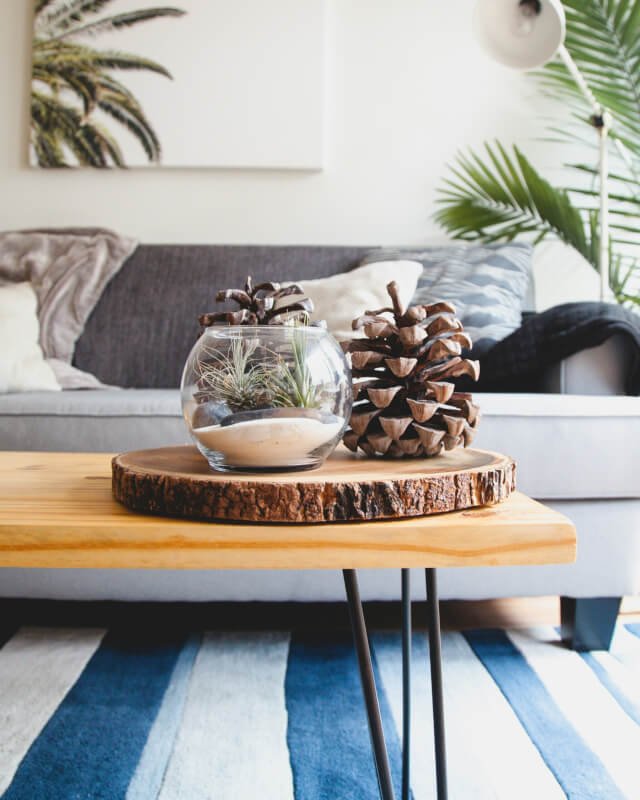Looking to kickstart your strength training journey from the comfort of your home? Look no further! In this article, we will explore the best DIY home gym projects that will help you build strength and muscle without breaking the bank. Whether you’re a beginner or a seasoned fitness enthusiast, these projects are designed to provide you with everything you need for an effective workout session. So, grab your tools and get ready to transform your space into a personalized home gym that will take your strength training to new heights.
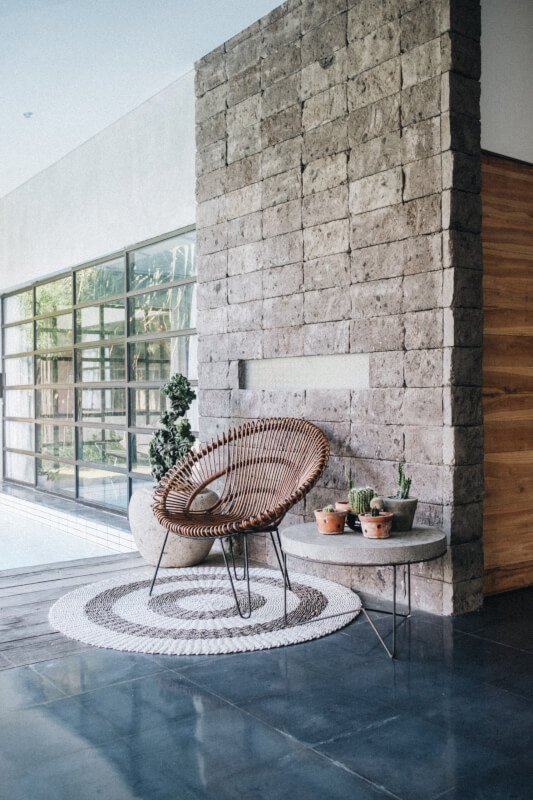
The Benefits of Strength Training at Home
Strength training at home offers numerous benefits to individuals who want to improve their overall strength and muscle tone. By incorporating regular strength training exercises into your routine, you can see significant improvements in both your physical and mental well-being. Here are some of the key benefits of strength training at home:
Improved overall strength and muscle tone
One of the primary benefits of strength training is the ability to increase your overall strength and muscle tone. When you engage in resistance exercises, such as lifting weights or using resistance bands, you put stress on your muscles. Over time, this stress prompts your muscles to adapt and grow stronger. By consistently challenging your muscles, you can build lean muscle mass and improve both your strength and muscle tone.
Convenience and time-saving
Working out at home eliminates the need to commute to a gym, saving you valuable time and energy. Whether you have a busy schedule or prefer the convenience of exercising in your own space, a home gym allows you to work out whenever it suits you best. You can fit in a quick workout before work, during your lunch break, or in the evening without worrying about gym hours or crowded facilities. With strength training equipment readily available at home, you can make the most of your time and maximize your workout efficiency.
Cost-effectiveness
Investing in a home gym setup can be cost-effective in the long run. While the initial cost of equipment may seem high, it eliminates the need for expensive gym memberships or class fees. Additionally, you have the freedom to choose the equipment that aligns with your goals and preferences, rather than relying on a limited selection at a gym. By building your own home gym, you have the opportunity to invest in quality equipment that will last for years, ultimately saving you money over time.
Privacy and comfort
For many individuals, working out in the comfort and privacy of their own home is a major advantage. With a home gym, you can exercise without any self-consciousness or distractions. You have the freedom to wear whatever makes you feel comfortable, crank up your favorite music, and focus solely on your workout. This privacy and comfort can boost confidence and motivation, making it easier to stick to a regular exercise routine and achieve your fitness goals.
Choosing the Right Space for Your DIY Home Gym
Before diving into the process of building your DIY home gym, it’s important to carefully consider the available space and dimensions in your home. By choosing the right space for your gym, you can optimize your workouts and ensure a safe and efficient training environment. Here are some key factors to consider:
Consider available space and dimensions
Start by assessing the available space in your home. Determine whether you have a spare room, basement, garage, or even a corner in your living room that can be dedicated to your gym. Take measurements to ensure the space can accommodate both your exercise equipment and your body’s range of motion during exercises. A clutter-free environment with enough room to move will make your workouts more enjoyable and safe.
Evaluate flooring options
Next, evaluate the flooring in the designated gym space. Ideally, you want a surface that is stable, provides adequate support, and offers some cushioning to protect your joints. If you’re working with a concrete or hardwood floor, consider investing in gym flooring mats or rubber tiles. These provide shock absorption, reduce noise, and create a comfortable surface for various exercises, such as weightlifting and floor exercises.
Ensure proper ventilation and lighting
Good ventilation is essential to keep the air fresh and prevent overheating during workouts. Choose a space with windows or install a fan or ventilation system to ensure proper air circulation. Adequate lighting is also crucial for a safe and enjoyable workout experience. Natural light is ideal, but if that’s not possible, opt for bright LED lights that evenly illuminate the entire space. The right lighting will enhance visibility and reduce the risk of injuries.
Consider noise reduction
Consider whether the gym space is soundproof or if it shares walls with other rooms in the house. Strength training exercises often involve dropping or moving heavy weights, which can create noise and vibrations. To minimize disturbance to others in your home, consider using soundproofing materials such as foam panels or mats on the walls and floor. These will help absorb the impact and reduce noise, allowing you to enjoy your workouts without worrying about disturbing others.
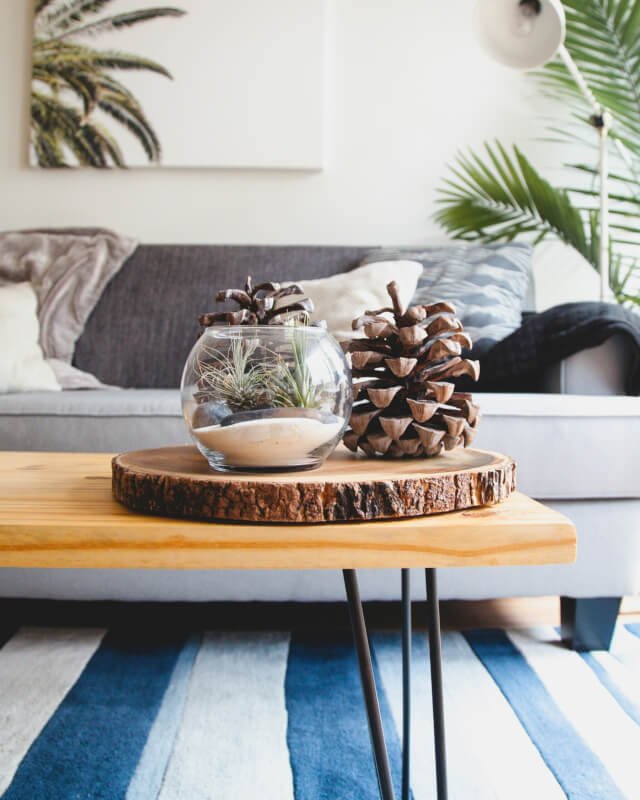
Essential Equipment for Strength Training
To effectively build strength and achieve your fitness goals, you’ll need to equip your DIY home gym with the right tools. Here are some essential strength training equipment options to consider:
Dumbbells and barbells
Dumbbells and barbells are versatile and essential tools for strength training. They allow you to perform a wide range of exercises targeting different muscle groups. Invest in a set of adjustable dumbbells or a combination of fixed-weight dumbbells to provide varying resistance levels as you progress.
Resistance bands and tubes
Resistance bands and tubes are portable and inexpensive training tools that provide resistance throughout the entire range of motion. They can be used to target different muscle groups and provide varying levels of resistance. Resistance band exercises are particularly effective for toning and strengthening your arms, legs, and core.
Weight plates and adjustable dumbbells
Weight plates are necessary if you have a barbell or dumbbell handles that allow for additional weight. By adding weight plates, you can gradually increase resistance for continuous muscle growth and strength gains. Alternatively, adjustable dumbbells with weight plate attachments offer flexibility and convenience for adjusting the resistance based on your fitness level and exercise requirements.
Bench press and squat rack
A bench press and squat rack are essential for performing exercises like the bench press, squats, and lunges. Look for a sturdy and adjustable bench with a rack that can support heavy weights and provide various incline and decline angles. This will allow you to target different muscle groups effectively.
Pull-up bar and dip station
A pull-up bar and dip station are excellent additions to your home gym for upper body strength training. These versatile pieces of equipment allow you to perform exercises such as pull-ups, chin-ups, dips, and hanging leg raises. Look for a pull-up bar that can be securely mounted to a wall or door frame, or consider a free-standing dip station for additional stability.
Medicine balls and kettlebells
Medicine balls and kettlebells are great for functional strength training and adding variety to your workouts. Medicine balls can be used for strength and core exercises, while kettlebells are excellent for dynamic movements and total body workouts. Start with a few different weights to accommodate various exercises and gradually increase as you progress.
Space-Saving DIY Equipment Ideas
If you’re limited on space or looking for budget-friendly alternatives, there are several space-saving DIY equipment ideas that can be incorporated into your home gym. These ideas are not only practical but also allow you to customize your equipment to suit your specific needs. Here are some DIY project ideas to consider:
DIY sandbags for strength and stability
Sandbags are an excellent substitute for traditional weights, providing stability and resistance. By filling durable bags with sand and adjusting the weight according to your preference, you can perform a variety of exercises such as squats, lunges, and deadlifts. Sandbags are particularly beneficial for improving functional strength and stability.
Plyometric boxes for explosive power
Plyometric boxes, also known as jump boxes, are popular for plyometric exercises that focus on explosive power and lower body strength. These boxes can be constructed using plywood or sturdy wooden boards. By following a step-by-step construction guide, you can create different box heights to accommodate various skill levels and exercise requirements.
Stability ball for core strengthening
A stability ball is a versatile piece of equipment that targets the core muscles while also engaging other muscle groups. By using a stability ball for exercises such as planks, bridges, and seated exercises, you can enhance stability, improve balance, and strengthen your core. Stability balls are easily available and come in various sizes to accommodate different heights and body types.
Suspension trainer for full-body workouts
A suspension trainer, such as a TRX system, is a versatile and space-saving tool that allows you to perform a wide range of exercises targeting multiple muscle groups. Suspension training utilizes bodyweight resistance and requires minimal equipment. By attaching the suspension trainer to a secure anchor point, such as a door frame or ceiling beam, you can perform exercises like rows, lunges, and push-ups.
DIY battle ropes for cardio and upper body strength
Battle ropes are excellent for cardiovascular conditioning, upper body strength, and endurance. To create your own DIY battle ropes, you can use sturdy and durable nylon ropes. By braiding and securing the ropes properly, you can perform a variety of exercises like slams, waves, and alternating waves. Battle ropes provide an intense calorie-burning workout while engaging your arms, shoulders, and core muscles.
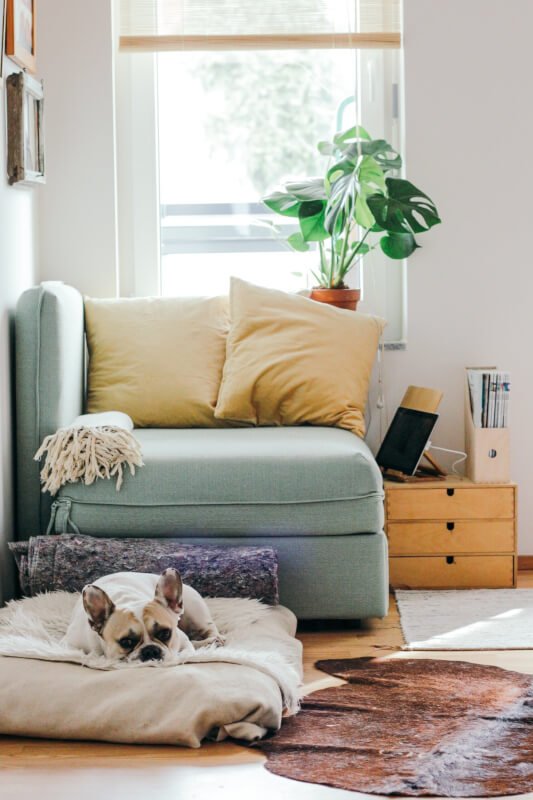
Building a DIY Power Rack
A power rack is a sturdy and versatile piece of equipment that allows for a wide range of strength training exercises. Building your own DIY power rack can be a cost-effective and customizable option. Here is a step-by-step guide to building a DIY power rack:
Materials and tools needed
To build a DIY power rack, you will need the following materials:
- Steel tubing or metal pipes
- Metal connectors or welding equipment
- Safety pins or adjustable J-cups
- Plywood or steel plate for the base
- Bolts, nuts, and washers
- Paint or protective coating
As for tools, you will need:
- Measuring tape
- Angle grinder or hacksaw
- Drill and drill bits
- Socket wrench or spanner
- Welding equipment (if applicable)
- Paintbrush or roller
Step-by-step construction process
- Measure and cut the metal tubing or pipes according to the desired dimensions of your power rack.
- Use the angle grinder or hacksaw to ensure clean and precise cuts.
- Assemble the metal tubing to form the uprights, crossbars, and base frame of the power rack.
- Secure the metal connectors or weld the joints to ensure stability and durability.
- Attach the safety pins or adjustable J-cups to the uprights, ensuring they are at the appropriate height for your exercises.
- If using a plywood or steel plate base, secure it to the bottom of the power rack frame using bolts, nuts, and washers.
- Paint or apply a protective coating to the power rack to prevent rust and enhance its appearance.
- Once the paint or protective coating has dried, your DIY power rack is ready to use.
Safety considerations and precautions
When building and using a DIY power rack, it’s important to prioritize safety. Here are some key safety considerations and precautions to keep in mind:
- Ensure the power rack is stable and properly anchored to the floor or wall for stability.
- Regularly inspect the power rack for any signs of wear, cracks, or loose bolts.
- Use safety pins or adjustable J-cups to secure the barbell during exercises to prevent accidents or injuries.
- Always use proper form and technique when performing exercises within the power rack.
- Consider using collars on the barbell to prevent the weights from sliding off during exercise.
- Do not exceed the weight limit specified for your power rack to avoid equipment failure.
Customization options
One of the advantages of building your own power rack is the ability to customize it according to your needs and preferences. Here are some customization options to consider:
- Add any additional accessories, such as a pull-up bar or dip station, to enhance the versatility of your power rack.
- Attach hooks or storage trays to hold accessories and weights, keeping your gym space organized and clutter-free.
- Incorporate adjustable features, such as adjustable J-cups or safety pins, to cater to different exercise variations and user heights.
- Paint or decorate the power rack to match your gym aesthetics or personal style.
Constructing a DIY Weightlifting Platform
A weightlifting platform provides a dedicated space for heavy lifting exercises, protects your floor from damage, and helps reduce noise and vibrations. Constructing a DIY weightlifting platform is a cost-effective way to create a safe and suitable surface for your strength training workouts. Here’s how you can construct your own weightlifting platform:
Necessary materials and tools
To build a DIY weightlifting platform, you will need the following materials:
- Plywood boards (¾-inch thick)
- Rubber horse stall mats (¾-inch thick)
- Construction adhesive
- Screws or nails
- Wood glue
- Paint or protective coating (optional)
As for tools, gather the following:
- Measuring tape
- Circular saw or jigsaw
- Drill and drill bits
- Screwdriver or hammer
- Paintbrush or roller (if painting the platform)
Design and layout considerations
Before starting construction, consider the dimensions and layout of your weightlifting platform. Ensure it is large enough to accommodate your exercises comfortably and that it fits within your designated gym space. The standard size for a weightlifting platform is usually 8 feet long and 6 feet wide, but you can adjust the dimensions to suit your needs.
Step-by-step construction guide
- Measure and mark the dimensions of the weightlifting platform on the plywood boards.
- Use a circular saw or jigsaw to cut the plywood boards according to your measurements.
- Once the plywood boards are cut, arrange and align them to form the foundation of the weightlifting platform.
- Use construction adhesive, screws, or nails to secure the plywood boards together.
- Cut the rubber horse stall mats to fit the dimensions of the plywood boards.
- Apply wood glue to the back of the rubber mats and press them onto the plywood surface.
- Allow the adhesive and glue to dry completely.
- Optional: Paint the edges of the platform or apply a protective coating for a finished look and additional durability.
Finishing touches and maintenance
After constructing your DIY weightlifting platform, consider these finishing touches and maintenance tips:
- Secure the weightlifting platform to the floor or add anti-slip mats underneath to prevent sliding during intense workouts.
- Regularly check the platform for any loose screws, nails, or damaged rubber mats.
- Clean the platform regularly to ensure it remains free of dirt, dust, and debris.
- Consider adding a designated storage area for weights and accessories to keep your gym space organized.
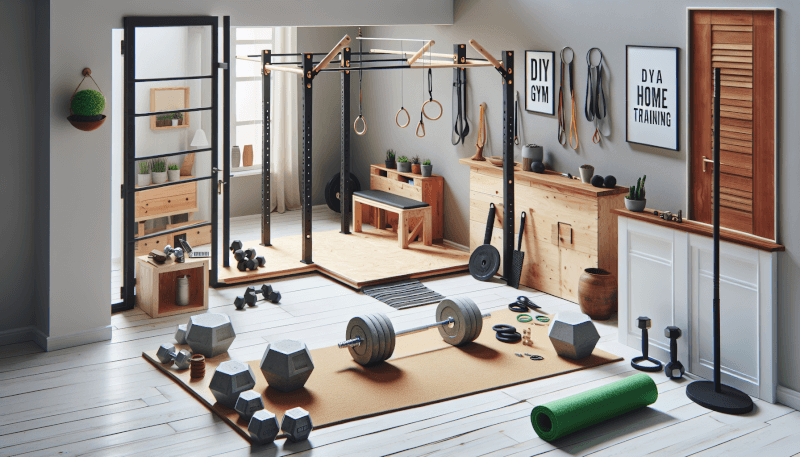
Creating a DIY Pull-up Bar
A pull-up bar is a versatile piece of equipment that targets multiple muscle groups in the upper body, including the back, arms, and shoulders. Whether you’re looking to perform traditional pull-ups or more advanced variations, building your own DIY pull-up bar can be a rewarding and cost-effective project. Here’s what you need to know:
Different pull-up bar designs
There are various pull-up bar designs to choose from when building your DIY version. Some common designs include:
- Wall-mounted pull-up bars that can be securely attached to a wall or door frame.
- Ceiling-mounted pull-up bars that provide stability and have adjustable height options.
- Free-standing pull-up bars that do not require any installation and can be positioned anywhere in your home gym.
Choose the design that best suits your needs and available space.
Choosing the right placement
When selecting the placement for your DIY pull-up bar, consider the following:
- Ensure the bar has enough overhead clearance for your body to perform pull-ups without straining or hitting the ceiling.
- Select a location that allows sufficient space for your full range of motion during exercises.
- Check that the bar will be securely anchored to a sturdy wall, ceiling, or floor surface.
Step-by-step installation process
Depending on the design you choose, the installation process may vary slightly. Here’s a general step-by-step guide for installing a wall-mounted pull-up bar:
- Measure and mark the desired height and position for your pull-up bar on the wall or door frame.
- Use a stud finder to locate the wall studs or ceiling joists that will provide the necessary support for the bar.
- Mark the position of the studs or joists on the wall or ceiling.
- Use a drill and appropriate drill bit to create pilot holes for the screws or bolts that will secure the pull-up bar brackets.
- Attach the brackets to the wall or ceiling using the provided screws or bolts, making sure they align with the marked stud or joist positions.
- Install the pull-up bar onto the brackets according to the manufacturer’s instructions.
- Test the stability and strength of the bar by applying pressure in various directions.
- Once you’re satisfied with the installation, perform a few test pull-ups to ensure everything is secure and comfortable.
Safety tips and considerations
To use your DIY pull-up bar safely, keep the following tips in mind:
- Ensure the bar is securely installed and can support your weight without wobbling or coming loose.
- Use proper form and technique when performing pull-ups to avoid injury. Start with a full hang, engage your core, and pull yourself up until your chin goes over the bar.
- Start with a grip that feels comfortable to you, such as an overhand grip, and gradually progress to different grip variations as you build strength.
- If you’re just starting out or lack upper body strength, use a resistance band or assistance device to perform assisted pull-ups until you can progress to unassisted ones.
Building a DIY Plyo Box
A plyometric box, also known as a plyo box, is a versatile and space-saving piece of equipment used for plyometric exercises that focus on explosive power and lower body strength. Building your own DIY plyo box allows you to customize the size and height to suit your needs and exercise preferences. Here’s how you can construct a plyo box:
Required materials and tools
To build your DIY plyo box, gather the following materials:
- Plywood boards (¾-inch thick)
- Screws or nails
- Wood glue or construction adhesive
- Sandpaper
- Foam padding (optional)
- Fabric and staple gun (optional)
As for tools, you will need:
- Measuring tape
- Circular saw or jigsaw
- Drill and drill bits
- Screwdriver or hammer
- Sanding block or power sander
- Paintbrush or roller (optional)
Plyometric box design options
Plyo boxes typically come in three different height options: 20 inches, 24 inches, and 30 inches. However, with DIY construction, you have the freedom to customize the dimensions based on your needs. Consider your current fitness level and exercise goals when selecting the appropriate height and size for your plyo box.
Step-by-step construction instructions
Here’s a step-by-step guide to building your DIY plyo box:
- Measure and mark the desired dimensions on the plywood boards, taking into account the height, length, and width of the box.
- Use a circular saw or jigsaw to cut the plywood boards according to your measurements. Remember to cut two sides with identical dimensions for stability.
- Align and arrange the plywood boards to form the box shape, ensuring the edges are flush and aligned properly.
- Apply wood glue or construction adhesive to the edges of the boards and secure them together using screws or nails.
- Allow the adhesive to dry completely.
- Sand the edges and corners of the box to smoothen any rough surfaces or sharp edges using sandpaper or a power sander.
- Optional: If desired, you can add foam padding to the top surface of the box for added safety and comfort. Measure and cut the foam padding to match the top surface dimensions of the box and attach it using construction adhesive.
- Optional: If you prefer a more aesthetically pleasing finish, cover the foam padding and box surface with fabric by stretching it tightly over the edges and stapling it in place using a staple gun.
Safety precautions
To ensure safe and effective use of your DIY plyo box, consider the following precautions:
- Double-check that the box is structurally sound and securely assembled before use.
- Place the box on a stable and non-slip surface to prevent it from moving or slipping during exercises.
- Start with a height suitable for your current fitness level and gradually progress to higher box heights as you become more comfortable and proficient in plyometric exercises.
- Focus on proper landing mechanics, such as bending your knees, absorbing the impact, and landing softly to reduce the stress on your joints.
- Avoid using a plyo box if you have any existing injuries or medical conditions that might be aggravated by the exercises.

Designing a DIY Medicine Ball
A medicine ball is a versatile and effective piece of equipment commonly used for strength, power, and core training. While commercially available medicine balls are widely accessible, designing your own DIY medicine ball allows you to customize the weight and design at a fraction of the cost. Here’s how you can create your own DIY medicine ball:
Choosing the right materials
To design your DIY medicine ball, you will need the following materials:
- Basketball or soccer ball (preferably used or inexpensive)
- Sand or other weighted filler material
- Duct tape or strong adhesive
- Fabric or rubber cover (optional)
- Needle and thread or glue gun (if using a fabric cover)
- Scale or weight measurements
When selecting a basketball or soccer ball, make sure it is in good condition, with no leaks or damage. The size should be appropriate for your preferences and comfort during exercises.
Creating the core of the medicine ball
- Deflate the basketball or soccer ball if necessary.
- Weigh the empty ball to establish a baseline weight.
- Fill the ball with the desired amount of sand or weighted filler material.
- Weigh the ball again to ensure it meets the weight specifications you desire.
- Ensure the ball is filled evenly to maintain balance and stability.
- Inflate the ball if necessary or desired.
Adding the outer layer and handles
After creating the core of the medicine ball, you have the option of adding an outer layer for protection and grip. Here are two different approaches you can take:
Using a fabric cover:
- Measure and cut fabric that is large enough to cover the entire ball with some excess for seams.
- Sew the fabric pieces together, leaving one section open for stuffing.
- Slide the fabric cover onto the medicine ball, ensuring it fits snugly.
- Fill any gaps or excess space in the fabric cover with additional stuffing material.
- Sew or glue the opening closed to secure the cover in place.
- Trim any excess fabric if necessary.
Using a rubber cover:
- Measure and cut a rubber cover that is large enough to fully enclose the medicine ball.
- Apply a strong adhesive or duct tape to one end of the rubber cover.
- Carefully slide the rubber cover onto the medicine ball, ensuring it fits snugly.
- Apply adhesive or duct tape to the other end of the rubber cover to securely close it.
- Trim any excess rubber if necessary.
Different weight options
The weight of your DIY medicine ball can be customized based on your preferences and fitness level. By adjusting the amount of sand or weighted filler material, you can create different weight options. Start with a weight that challenges you but allows for proper form and technique during exercises.
Safety Tips and Considerations
While strength training at home can be an effective and enjoyable way to improve your fitness, it’s essential to prioritize safety to prevent injuries and maximize results. Here are some important safety tips and considerations to keep in mind:
Warming up and stretching properly
Before starting any strength training exercises, it’s crucial to warm up your muscles and prepare them for the workout. Engage in light cardio activities such as jogging or jumping jacks to increase blood flow and warm up the body. Additionally, perform dynamic stretches that target the major muscle groups you’ll be working during your strength training session. Dynamic stretches involve controlled movements that mimic the exercises you’ll be performing, gradually increasing the range of motion.
Using proper form and technique
Proper form and technique are essential to prevent injuries and maximize the effectiveness of your strength training exercises. Take the time to learn and practice the correct form for each exercise you plan to perform. Focus on maintaining proper posture, engaging the correct muscles, and controlling the movements throughout the entire range of motion. If you’re unsure about the form, consider seeking guidance from a qualified fitness professional or watching instructional videos to ensure you’re performing the exercises correctly.
Gradually increasing weight and intensity
When starting a strength training program, it’s important to gradually increase the weight and intensity of your workouts. This gradual progression allows your muscles, connective tissues, and joints to adapt and become stronger over time. Start with lighter weights or resistance bands and gradually increase the load as your strength and confidence improve. Listen to your body and avoid pushing yourself too hard too soon, as this can increase the risk of injury.
Listening to your body and avoiding overtraining
Pay attention to how your body feels during and after each workout. It’s normal to experience muscle soreness and fatigue, especially when you’re starting a new strength training program. However, if you experience excessive or prolonged pain, extreme fatigue, or any unusual symptoms, it’s important to listen to your body and take appropriate rest and recovery days. Overtraining can lead to injuries, decreased performance, and burnout. Aim for a balance between challenging workouts and adequate rest to allow your muscles to recover and grow.
Investing in proper flooring and equipment
To ensure a safe and comfortable workout environment, invest in proper flooring and equipment for your DIY home gym. Choose flooring that provides adequate support, shock absorption, and stability. Non-slip and cushioned flooring options, such as gym mats or rubber tiles, can help prevent injuries and reduce impact on your joints. When selecting strength training equipment, prioritize quality, stability, and safety features. Regularly inspect and maintain your equipment to ensure it remains in good working condition.
In conclusion, strength training at home offers numerous benefits, including improved overall strength and muscle tone, convenience and time-saving, cost-effectiveness, and privacy and comfort. When building your DIY home gym, carefully consider the available space, evaluate flooring options, ensure proper ventilation and lighting, and consider noise reduction. Essential equipment for strength training includes dumbbells and barbells, resistance bands and tubes, weight plates and adjustable dumbbells, bench press and squat rack, pull-up bar and dip station, and medicine balls and kettlebells. For space-saving ideas, you can create DIY sandbags, plyometric boxes, stability balls, suspension trainers, and battle ropes. By following step-by-step guides, you can build DIY power racks, weightlifting platforms, pull-up bars, plyo boxes, and even design your own medicine ball. However, safety should always be a priority. Warm up, use proper form and technique, gradually increase weight and intensity, listen to your body, and invest in proper flooring and equipment. With these considerations in mind, a DIY home gym can provide a convenient, cost-effective, and comfortable solution for achieving your strength training goals.

